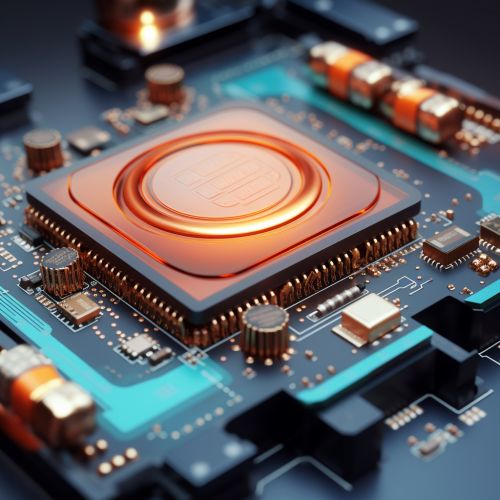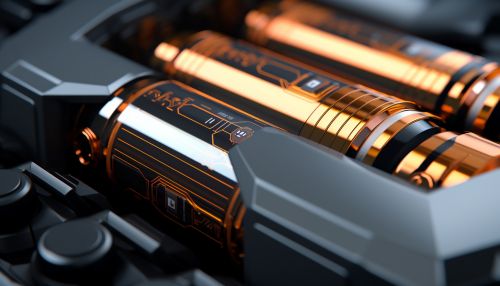The Role of Nanotechnology in Next-Generation Batteries
Introduction
Nanotechnology is a rapidly evolving field that has the potential to revolutionize many areas of science and technology. One of the most promising applications of nanotechnology is in the development of next-generation batteries. This article will delve into the role of nanotechnology in enhancing the performance and efficiency of batteries, and how it could shape the future of energy storage.


Nanotechnology and Batteries
Nanotechnology involves the manipulation of materials at the nanometre scale, which is about 1 to 100 nanometres. At this scale, materials exhibit unique properties that can be harnessed to improve the performance of batteries.
Nanomaterials in Batteries
Nanomaterials are used in various components of batteries to enhance their performance. For instance, nano-structured materials are used in the electrodes of batteries to increase their energy density and power density. These materials have a high surface area to volume ratio, which allows for more efficient charge transfer and faster charging and discharging rates.
Nano-structured Electrodes
The use of nano-structured electrodes in batteries can significantly improve their performance. These electrodes are made up of nano-sized particles, which provide a larger surface area for the electrochemical reactions to take place. This results in a higher energy storage capacity and faster charging and discharging rates.
Advantages of Nanotechnology in Batteries
The application of nanotechnology in batteries offers several advantages, including increased energy density, improved power density, faster charging times, and longer lifespan.
Increased Energy Density
One of the main advantages of using nanotechnology in batteries is the potential for increased energy density. Energy density refers to the amount of energy that can be stored in a given volume or weight of the battery. By using nano-structured materials in the electrodes, the energy density of the battery can be significantly increased.
Improved Power Density
Another advantage of nanotechnology in batteries is the improved power density. Power density refers to the rate at which energy can be supplied by the battery. Nano-structured materials allow for faster charge and discharge rates, which translates to a higher power density.
Faster Charging Times
Nanotechnology can also lead to faster charging times for batteries. The nano-sized particles in the electrodes provide a larger surface area for the electrochemical reactions to take place, which results in faster charging times.
Longer Lifespan
The use of nanotechnology in batteries can also result in a longer lifespan. The nano-structured materials used in the electrodes can withstand more charge and discharge cycles without degrading, which extends the lifespan of the battery.
Challenges and Future Directions
While the application of nanotechnology in batteries offers numerous advantages, there are also several challenges that need to be addressed. These include the high cost of nanomaterials, the complexity of manufacturing nano-structured electrodes, and the potential environmental impact of nanomaterials.
Despite these challenges, the future of nanotechnology in batteries looks promising. With continued research and development, it is likely that we will see more advanced batteries with higher energy density, faster charging times, and longer lifespan in the near future.
